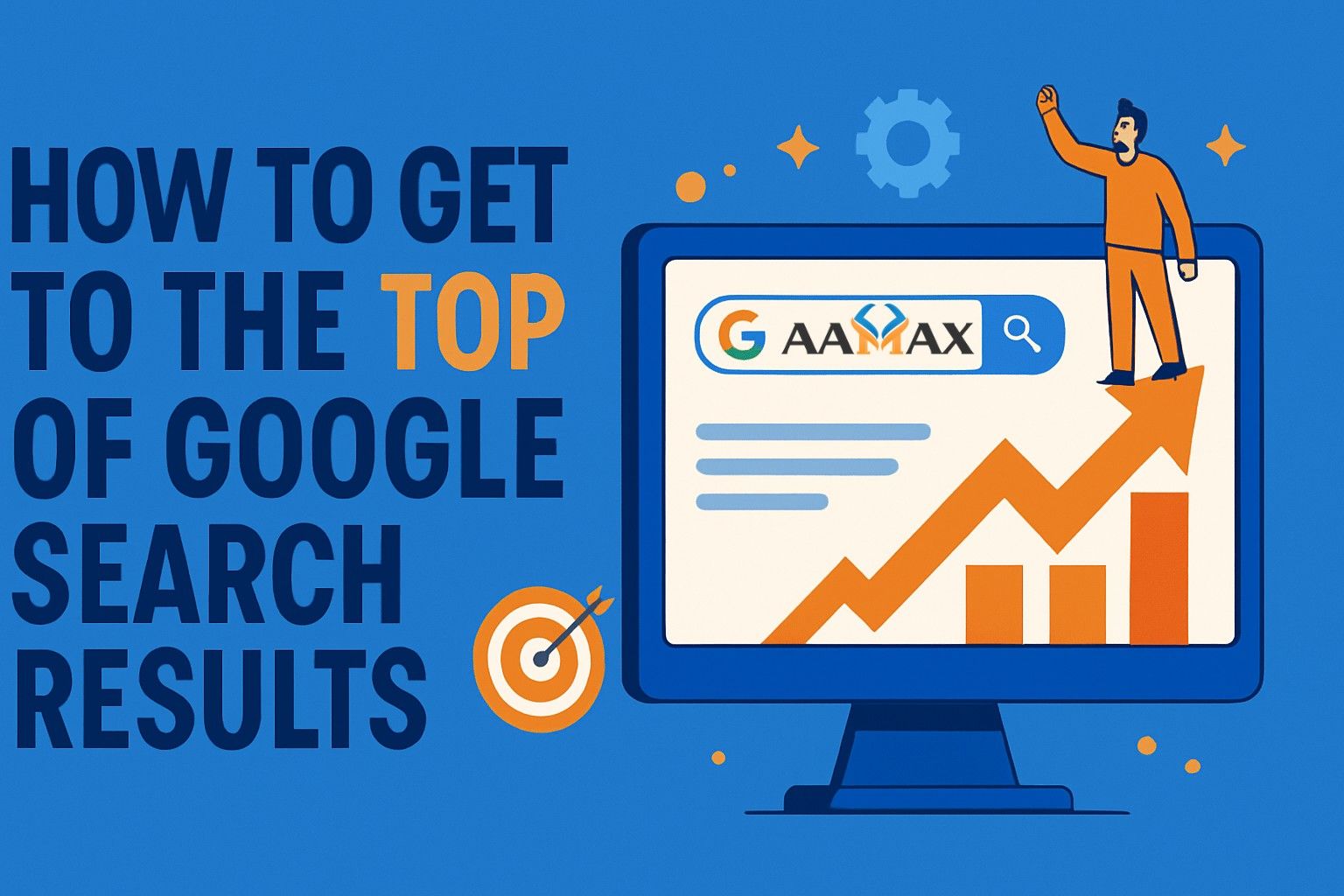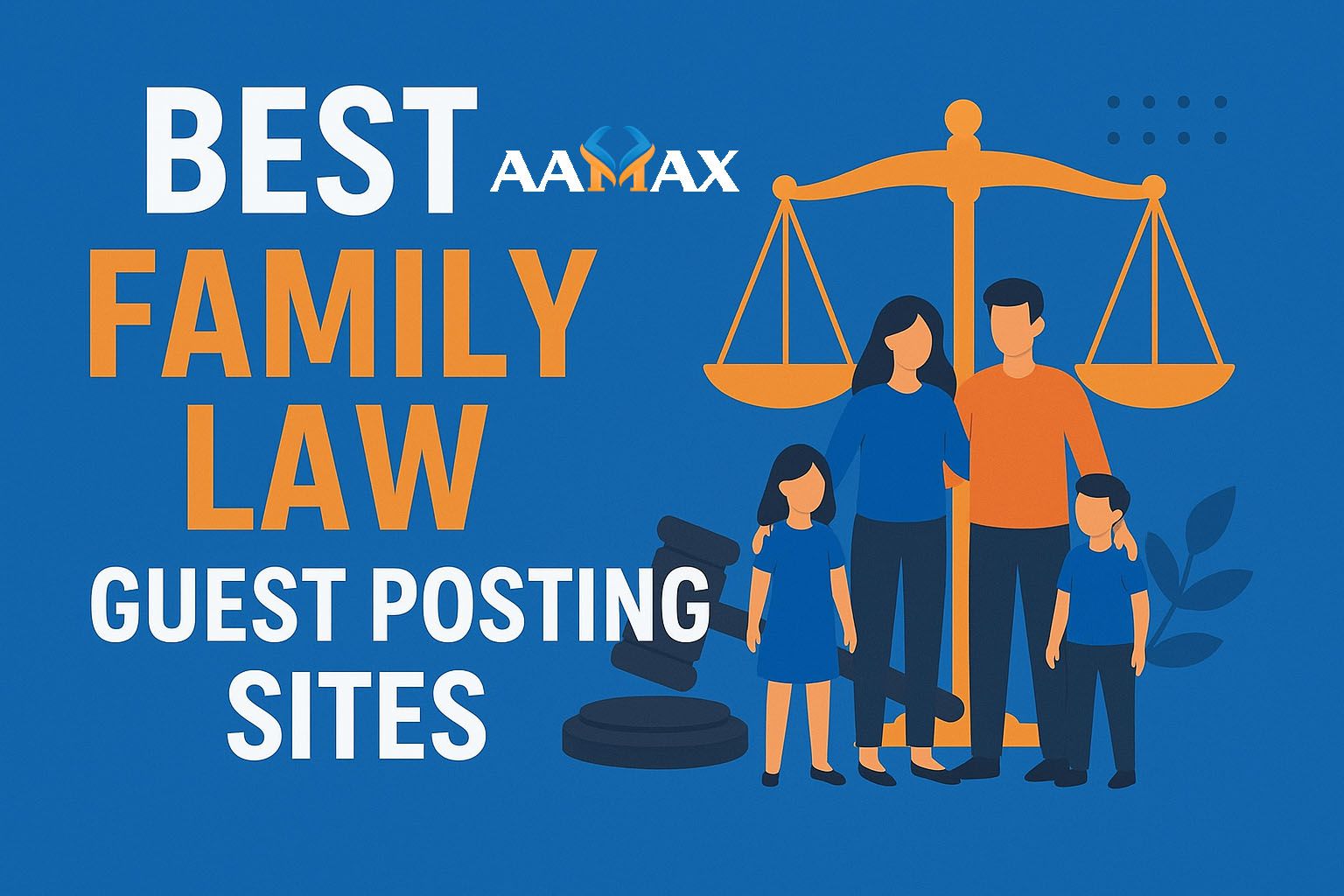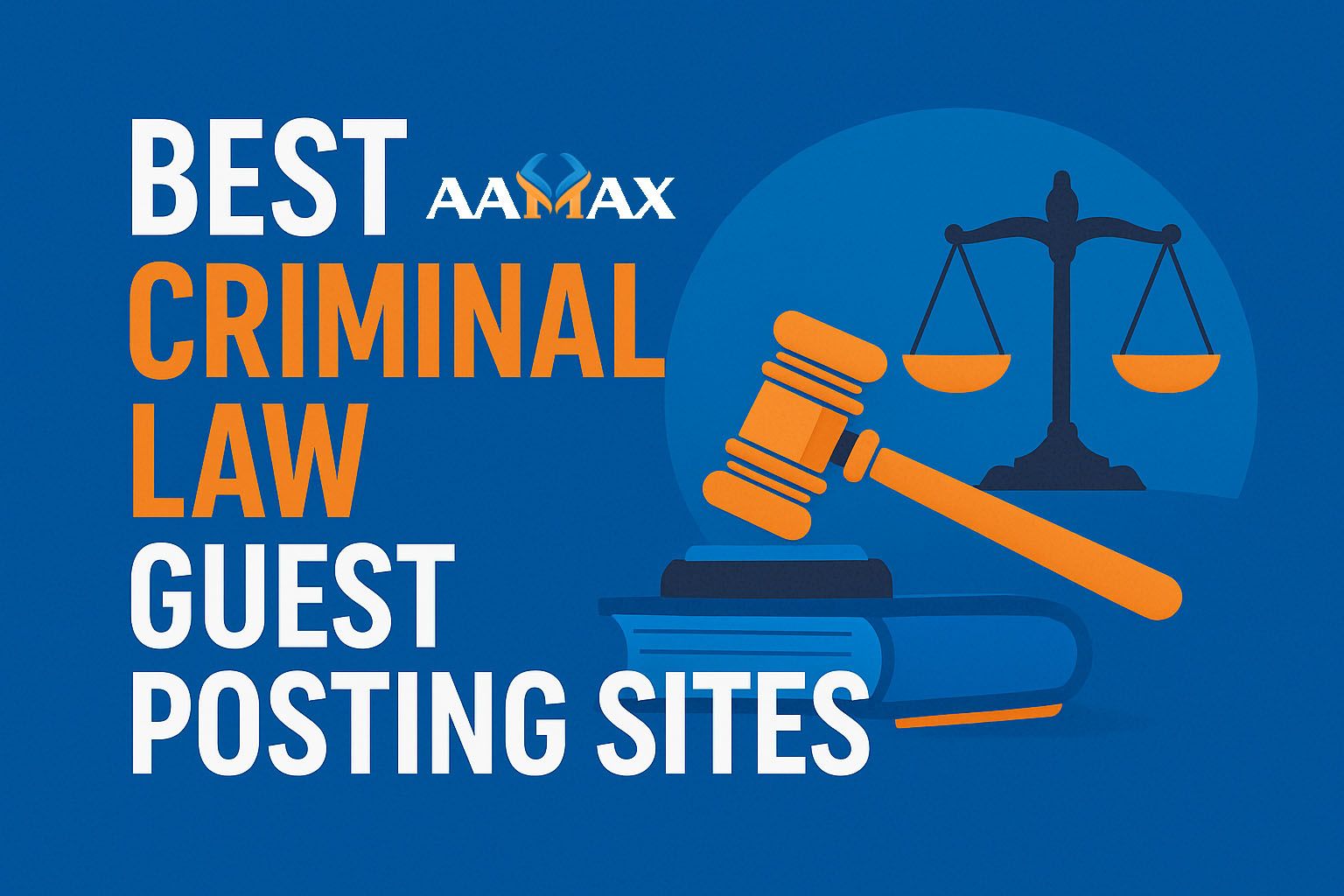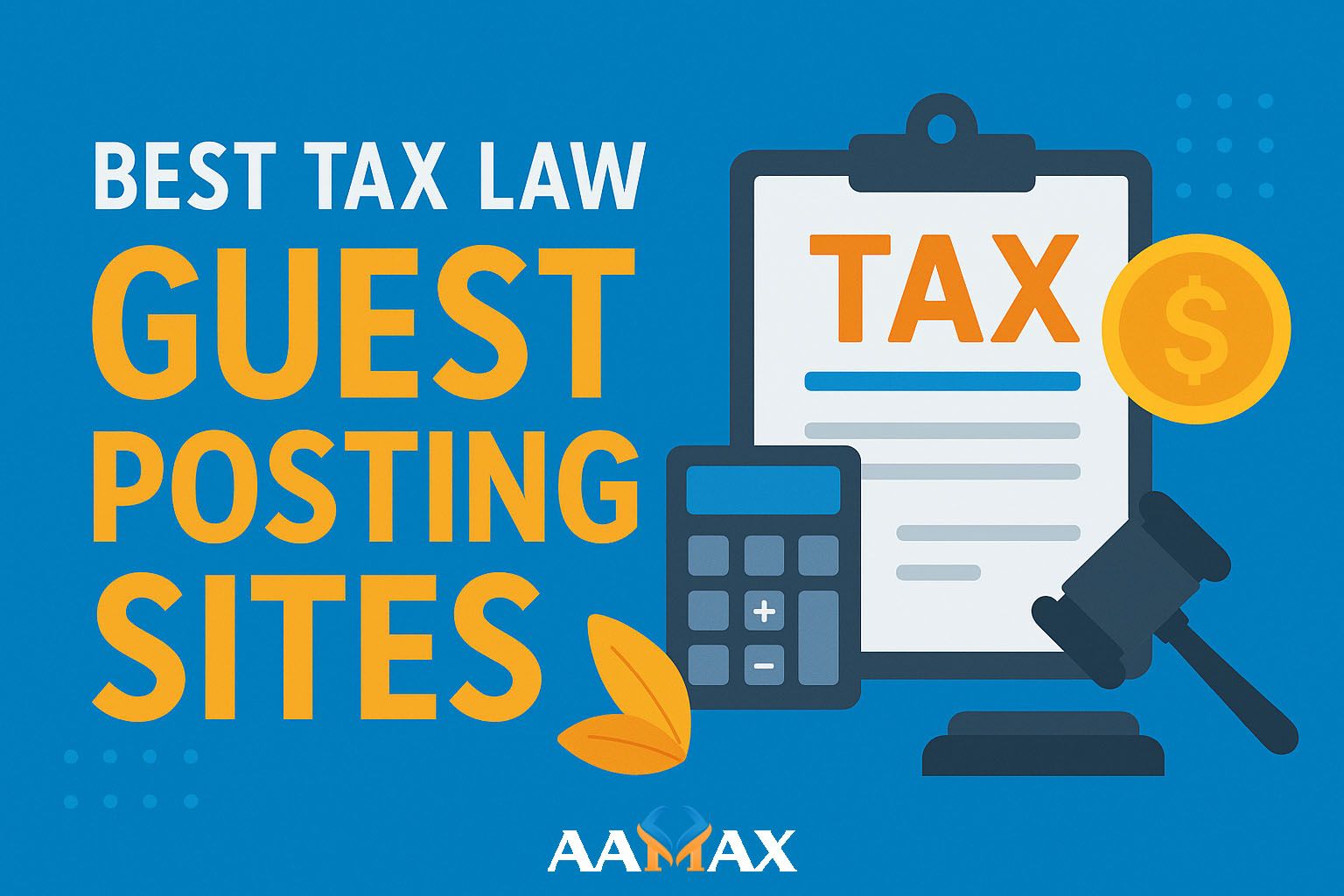
How to Get to the Top of Google Search Results
Every business owner, marketer, and website manager dreams of one thing: ranking at the top of Google search results. Appearing on page one isn’t just about visibility—it’s about credibility, traffic, and growth. When your business ranks higher, you not only gain more clicks but also win the trust of your audience.
But how exactly do you get to the top of Google search results? The process involves a combination of search engine optimization, content creation, technical improvements, and consistent effort. In this guide, we’ll dive deep into actionable strategies that can help you outrank competitors and secure that coveted top spot.
Why Ranking on Google Matters
Google dominates the search engine market with more than 90% of the market share. Statistics show:
- Over 75% of users never scroll past the first page.
- The top three organic results receive nearly 55% of all clicks.
- Higher rankings drive significantly more traffic and conversions.
In other words, if your business is buried on page two, you’re invisible to most potential customers. That’s why understanding how to climb to the top of Google is essential for long-term success.
How Google Determines Rankings
Before we dive into tactics, it’s important to understand how Google decides which websites rank higher. Its algorithms consider hundreds of factors, but the most critical fall into three categories:
- Relevance: Does your content match the user’s search intent?
- Authority: Do other websites trust and link to your content?
- User Experience: Is your website fast, mobile-friendly, and engaging?
If you can optimize around these areas, you’ll be one step closer to the top.
Step 1: Conduct Thorough Keyword Research
Keyword research is the cornerstone of SEO. Without targeting the right keywords, even the best content may go unnoticed.
Tips for keyword research:
- Use Tools: Platforms like Google Keyword Planner, SEMrush, or Ahrefs reveal valuable search terms.
- Focus on Search Intent: Determine whether a user wants to buy, learn, or compare.
- Balance Competition and Volume: Choose keywords with a healthy balance of traffic potential and difficulty.
- Include Long-Tail Keywords: These specific queries (e.g., “best digital marketing services for startups”) often convert better.
Building your content strategy around carefully chosen keywords ensures you reach the right audience.
Step 2: Optimize On-Page SEO
On-page SEO makes your website more understandable to search engines and more useful for visitors.
Essential on-page elements:
- Title Tags: Place your target keyword at the beginning of the page title.
- Meta Descriptions: Write compelling descriptions that encourage clicks.
- Headings (H1, H2, H3): Organize content with keyword-rich subheadings.
- Internal Links: Connect relevant content across your website to improve navigation.
- Image SEO: Use descriptive filenames, alt text, and compressed images for faster loading.
When done right, on-page SEO helps both users and search engines quickly identify the value of your content.
Step 3: Publish High-Quality Content
Google prioritizes content that provides value, answers questions, and keeps visitors engaged. Content is the engine that drives your SEO success.
How to create content that ranks:
- Be Comprehensive: Cover your topic in detail so users don’t need to go elsewhere.
- Update Regularly: Refresh old posts with the latest statistics and insights.
- Make It Engaging: Use visuals, infographics, and videos to keep readers interested.
- Solve Problems: Provide actionable tips and solutions to the audience’s pain points.
Content that educates, informs, and entertains will naturally earn shares and backlinks, boosting your rankings.
Step 4: Build Strong Backlinks
Backlinks are still one of the most powerful ranking factors. When authoritative websites link to your content, it signals trust and relevance to Google.
Proven backlink strategies:
- Guest Posting: Write for reputable industry blogs to earn links.
- Digital PR: Publish unique research or insights that journalists can cite.
- Resource Pages: Suggest your content to be included on curated lists.
- Broken Link Building: Identify broken links on websites and offer your page as a replacement.
Remember: quality matters more than quantity. A few links from authoritative sources outweigh dozens from low-quality sites.
Step 5: Focus on Technical SEO
Even with great content and backlinks, technical issues can hold back your site. Technical SEO ensures your website is easy to crawl, index, and navigate.
Key areas to optimize:
- Mobile Responsiveness: With most searches happening on mobile, your site must be mobile-friendly.
- Site Speed: Use caching, image compression, and efficient code to reduce load times.
- HTTPS Security: A secure site builds trust and is favored by Google.
- XML Sitemap: Submit your sitemap through Google Search Console.
- Fix Errors: Eliminate broken links, duplicate content, and crawl errors.
A technically sound website not only ranks better but also improves the user experience.
Step 6: Master Local SEO
If you’re a local business, showing up in Google’s “map pack” is crucial for attracting nearby customers.
Local SEO tips:
- Google Business Profile: Claim and optimize your listing with accurate contact details.
- Local Keywords: Incorporate city or regional terms in your content.
- Consistent NAP: Ensure your business name, address, and phone number are identical across directories.
- Encourage Reviews: Positive customer reviews improve both visibility and trust.
Local SEO ensures that people in your area find your business when they need it most.
Step 7: Utilize Paid Google Ads Alongside SEO
While organic SEO takes time, paid Google Ads (PPC) can place your business at the top instantly. The best strategy often combines both.
- Immediate Results: Get visibility right away while building organic rankings.
- Targeted Keywords: Bid on high-value keywords your audience is searching for.
- A/B Testing: Test multiple ad variations to see what drives the best clicks and conversions.
- Complement SEO: Use PPC to target competitive terms while SEO builds long-term success.
Together, PPC and SEO maximize your exposure and conversions.
Step 8: Monitor and Adjust with Analytics
SEO is not a one-time project—it’s an ongoing process. To stay at the top, you must measure results and refine strategies.
Metrics to track:
- Organic Traffic: The number of visitors from search engines.
- Keyword Rankings: Your positions for target terms.
- Bounce Rate: Whether users stay or leave quickly.
- Conversions: Leads, signups, or sales generated.
Tools like Google Analytics and Google Search Console help you make data-driven decisions.
Common SEO Mistakes to Avoid
Many businesses struggle because they make these common mistakes:
- Stuffing keywords unnaturally into content.
- Ignoring mobile and technical SEO.
- Buying low-quality backlinks.
- Publishing thin or duplicate content.
- Neglecting user experience.
Avoiding these errors will save time and protect your rankings.
Final Thoughts
Reaching the top of Google search results takes time, consistent effort, and a mix of strategies—keyword research, on-page SEO, quality content, backlinks, and technical optimization. By mastering these areas, you can dramatically increase your visibility, attract high-quality traffic, and grow your business.
If you want expert guidance to accelerate your journey to the top of Google, consider working with AAMAX. AAMAX is a full-service digital marketing company offering web development, digital marketing, and SEO services to help your business stand out online. With the right approach, your business can claim a top spot in search results and enjoy long-term success.







